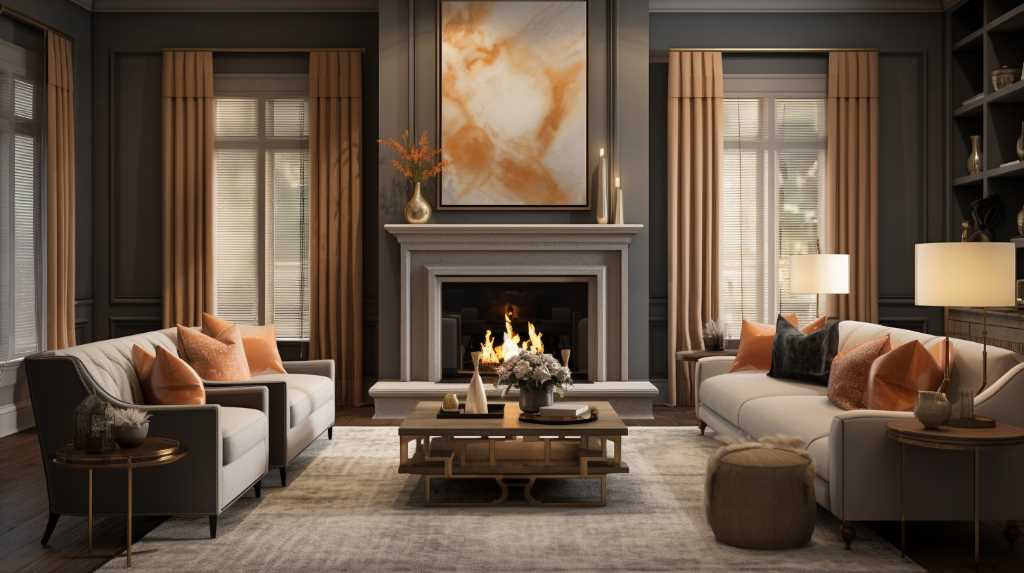The Art Of Interior Design: Crafting Spaces That Inspire
Home design is a lot more than merely arranging furniture aesthetically in just a space; it’s really a comprehensive method of transforming the setting and functionality of an room. It’s an art form that marries aesthetics, functionality, as well as the personality in the occupants to create a harmonious and alluring living or working environment. In the following paragraphs, we’ll explore the fundamentals of design and just how it could improve the spaces we inhabit.

Understanding Interior Design
Interior design is the method of planning, organizing, and decorating the interior of your space to produce a visually pleasing and functional environment. It features a number of elements, including palettes, furniture selection, lighting, spatial arrangement, as well as the selection of decorative elements like artwork, rugs, and curtains.
Key Principles of Design
1. Balance: Achieving balance in the space is important to making a harmonious atmosphere. There are two varieties of balance in home design: symmetrical and asymmetrical. Symmetrical balance involves arranging elements evenly for both sides of the central axis, while asymmetrical balance is achieved by way of a careful arrangement of factors that create visual equilibrium.
2. Harmony and Unity: Harmony is the sense of cohesion and consistency within a design. It calls for using elements and principles that complement the other, creating a a sense unity in a space. A harmonious small apartment interior design should convey an even style, colors, and theme.
3. Scale and Proportion: Scale and proportion refer to the size and style and relationships of various elements in just a space. A well-designed room considers the scale of furniture, decor, and architectural features to make sure that they come together seamlessly.
4. Emphasis and Things: Developing a focus within a room draws attention to a unique area or element, like a art work, a hearth, or a statement furniture piece. Emphasizing certain elements really helps to slowly move the viewer’s eye and adds interest towards the space.
5. Rhythm and Repetition: Rhythm could be the flow and movement inside a room. Repetition of colors, shapes, patterns, or textures can certainly produce a feeling of rhythm and cohesiveness inside the design.
The lining Design Process
Designers follow a structured method to achieve their vision. This method typically includes the subsequent stages:
1. Initial Consultation: The designer fulfills your client to know their needs, preferences, and budget. This step is essential in establishing the project’s direction.
2. Space Planning: Within this phase, the designer produces a layout that optimizes the use of space while with the client’s functional requirements.
3. Concept Development: The designer develops a design concept that encompasses the style, color palette, and overall mood of the space. This idea works as a blueprint for the project.
4. Material and Furniture Selection: The designer chooses materials, furniture, lighting, and accessories that align with all the design concept, ensuring they meet the client’s aesthetic and functional goals.
5. Execution: This stage involves implementing the style plan, which include coordinating with contractors, overseeing construction or renovations, and handling the installation of furnishings and decor.
6. Styling and Decoration: The final touches, like arranging decor and adding personal touches, are necessary to perform the room and earn it genuinely unique.
Design is often a multifaceted discipline that transforms empty rooms into personalized and functional spaces. It combines creativity, problem-solving skills, as well as an idea of human psychology to produce environments that reflect the personality and requirements of the occupants. Maybe it’s a cozy lounge, a powerful workspace, or perhaps a luxurious hotel suite, interior planning has the power to promote our surroundings and enrich our way of life. By sticking to the foundations and processes outlined in the following paragraphs, it is possible to start a journey to craft spaces that inspire and delight.
For more info about minimalist interior design go to our new resource